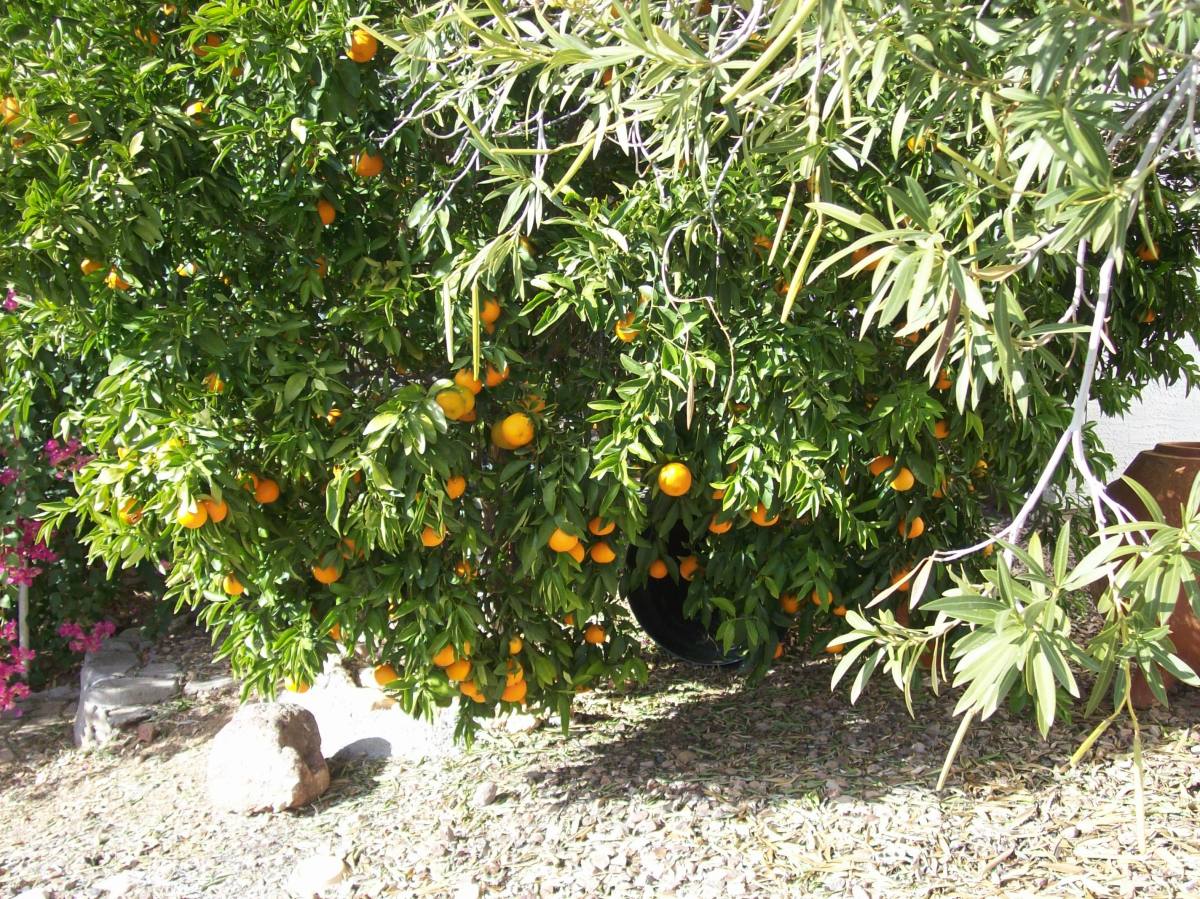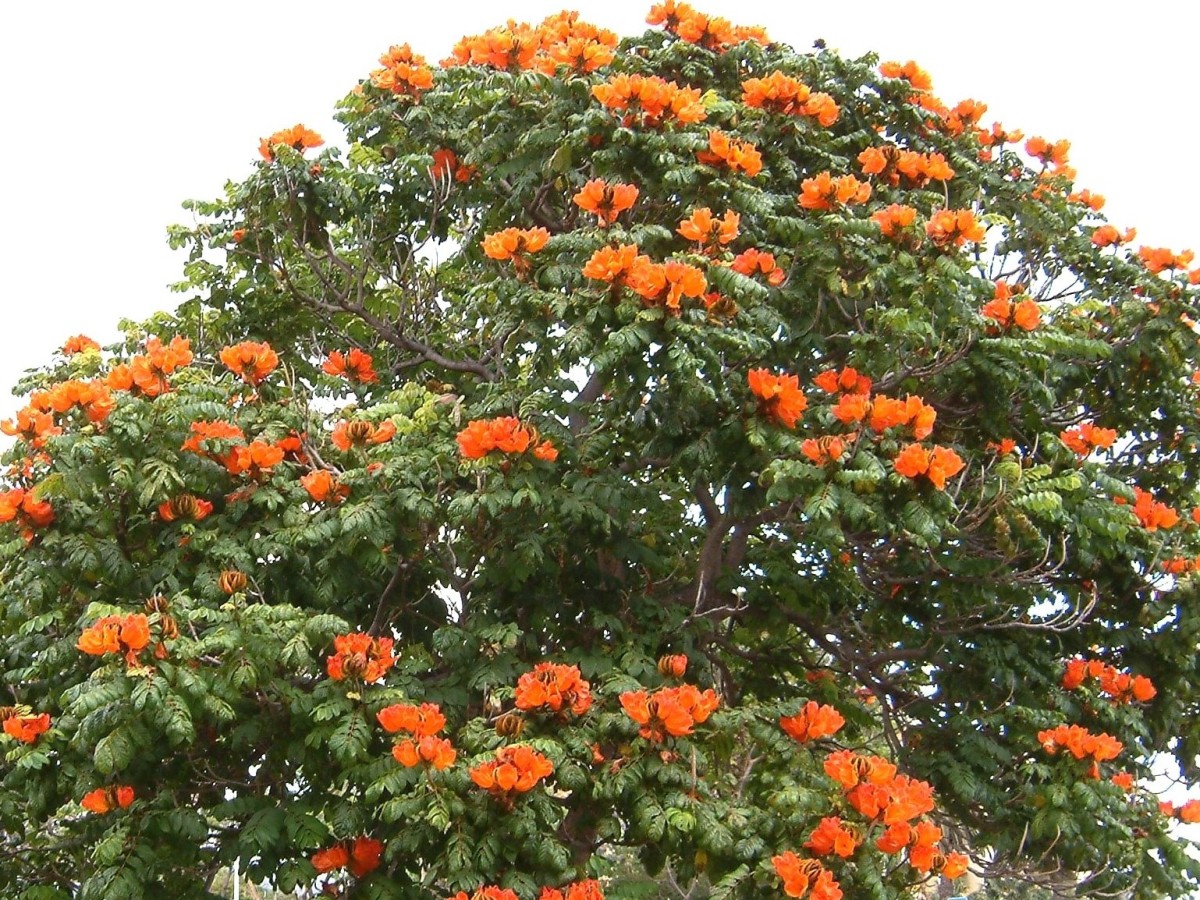Fruit Tree Pruning Guide By Year: Tailoring Trimming for Optimal Growth
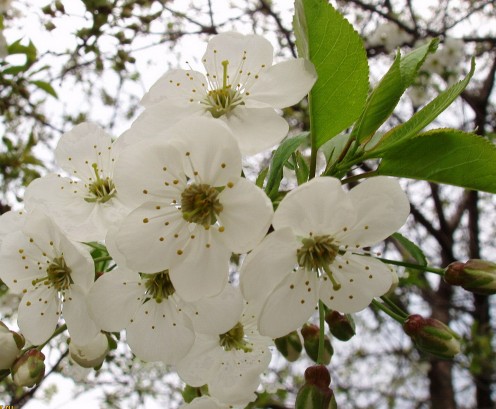
When Is the Optimal Time to Prune Fruit Trees?
What Fruit
| When
| Why
|
|---|---|---|
Apple Trees
| Late Winter or Early Spring
| Trim before new growth grows.
|
Oranges
| Late Fall or Very Early Spring
| Prune after chance of sun scalding will occur.
|
Peaches
| In Spring After the Last Frost
| Trim after chance of frost has passed.
|
Pears
| Late Summer
| Trim after it has hardened and no new growth will grow.
|
Plum Tree
| June - Late Spring or Early Summer
| Prune while weather is dry.
|
Sour and Weeping Cherry Trees
| Early spring
| Trim while tree is dormant.
|
Sweet Cherry Trees
| August
| Trim after common diseases to sweet cherries have passed.
|
First Year
Pruning a fruit tree primarily aims to make it healthier, make it easier for branches to breathe, and produce more. Use sharp, clean shears to prevent exposure to split diseased branches. Clean your shears with alcohol between each tree. This will help prevent the spread of diseases from one fruit tree to another.
In the First Year
In the first year, you want to focus on limiting any downward-facing branches, which will make it so that the fruit will be less accessible to ground-dwelling animals. It will also give the tree a more appealing appearance. If any long, awkward branches stick further out than the rest of the tree, they must be trimmed.
Do not trim them down more than two-thirds of the initial length because a long, awkward branch may put the tree off balance or overpower it many years later. Snow or other heavy pressures could cause breakage later on. Whenever you make a cut do it at a thirty-degree backward angle cut right above a healthy bud. Do not trim below a bud because that will produce stubs. You want to ensure that new growth will grow on your tree wherever you have trimmed.
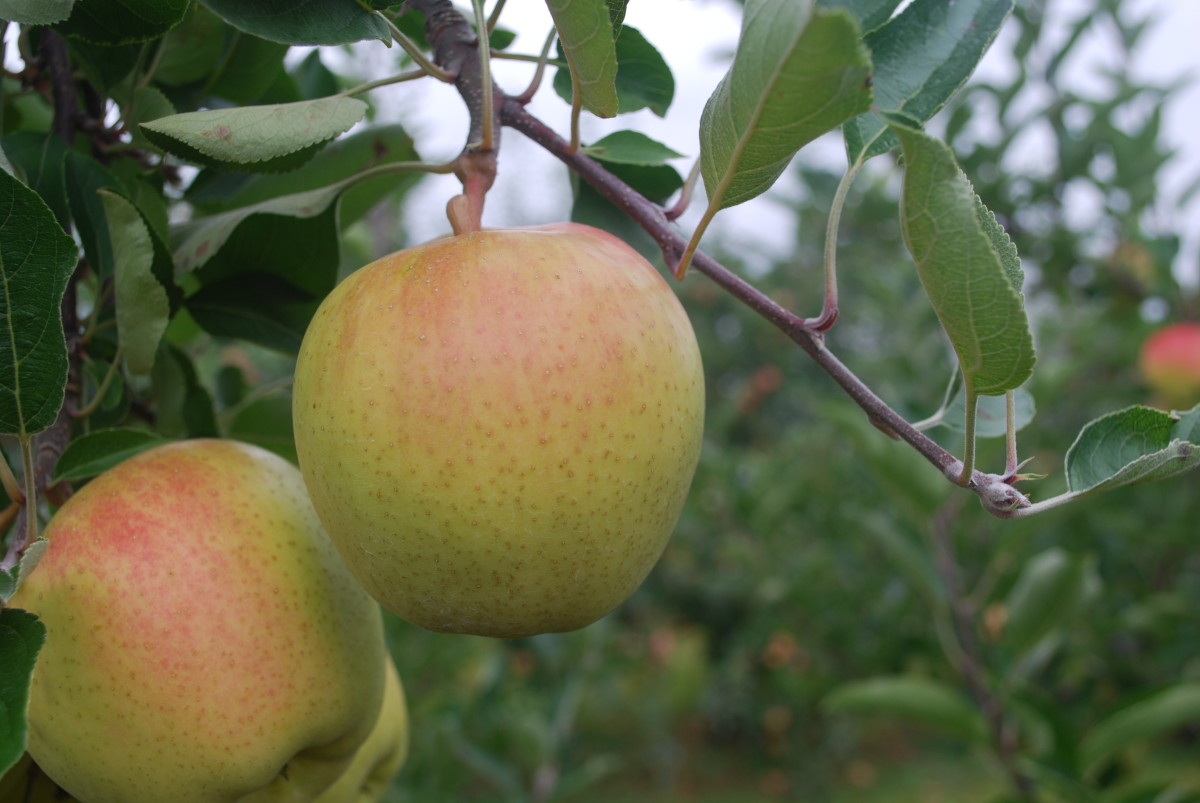
In the Second Year
In the second year, you want to follow the same instructions as in the first year. The branches you want to encourage are the ones that stick upward or outward. Any branches that are beginning to grow inward can cause overcrowding later on. Trim them to allow your tree to be more breathable.
There are two main goals each year after the first year make the current tree healthier, and create new healthy growth. To do that you need to prune any dead, damaged, or diseased portions of the tree by cutting right above the closest, healthy bud. This is the most crucial part of pruning a fruit tree.
Dead and diseased portions are easy to find, as they usually are identified by dying, rotten fruit and leaves or blackened branches. Damaged portions are less easy to spot. If not taken care of, those portions will die, which causes more of the tree to die. Damaged branches might include cracked or broken limbs.
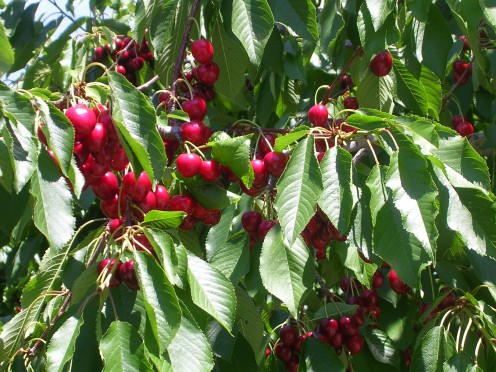
In the Third Year
Trimming a fruit tree should be done differently as the tree gets older. In the third year the edible fruit will still not have produced on the tree, but the leaves and branches will be plentiful. There should be at least four main shoots. Ensure these four shoots allow the tree to be even and not off-balanced. You can trim the branches down to half their original length. Inward-facing twigs should also be trimmed while encouraging upward and outward-facing growth. If you need to cut awkward growth, trim them so at least four buds are present.
Increase Oxygen
Making it so the branches can breathe and grow more efficiently will allow your tree to grow larger, tastier fruit. If left to its own devices, although there might end up being more fruit, the fruit it produces will be smaller and not as tasty due to damage, disease, or pests.
On the other hand, if you over-prune the trees, the fruit will become too big and flavorless.A good rule of thumb so that you will not over-prune is never to cut a branch over two inches thick.
The branches you want to trim frequently are twigs and branches that point inward or downward. Twigs and downward-facing branches will interfere with the healthy upward growth of the most viable twigs and branches that are reaching for the sun. The tree then can focus on giving nutrients to the parts of the tree that have the most sun exposure and are more likely to produce tasty, sweet fruit.
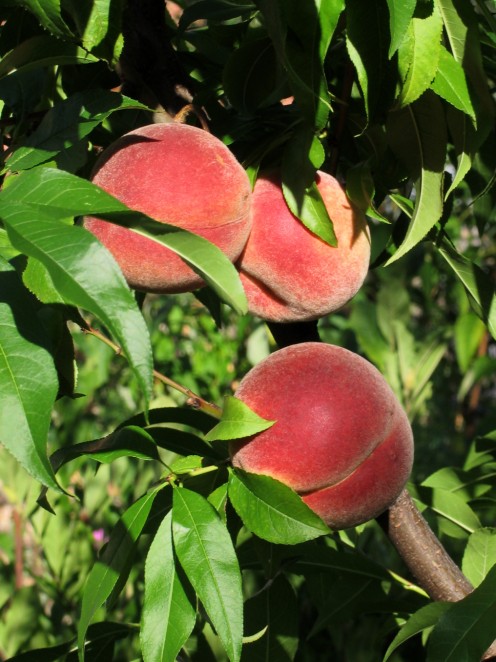
In the Fourth Year, Fifth Year, and Beyond
In the Fourth Year
In the fourth year, the fruit will begin to develop. Although the tree is still not completely mature, ensure that the four main shoots are equal without trimming more than a third off the branches. Continue to limit inward-facing growth as in the previous years. This year, there will be much less trimming than in years before.
In the Fifth Year and Beyond
In the fifth year and beyond, your fruit tree will finally mature! Only minor annual pruning will be necessary. It will be easier to maintain as it ages with less work involved. Now it's time to enjoy the fruit.
This content is accurate and true to the best of the author’s knowledge and is not meant to substitute for formal and individualized advice from a qualified professional.
© 2012 Angela Michelle Schultz


